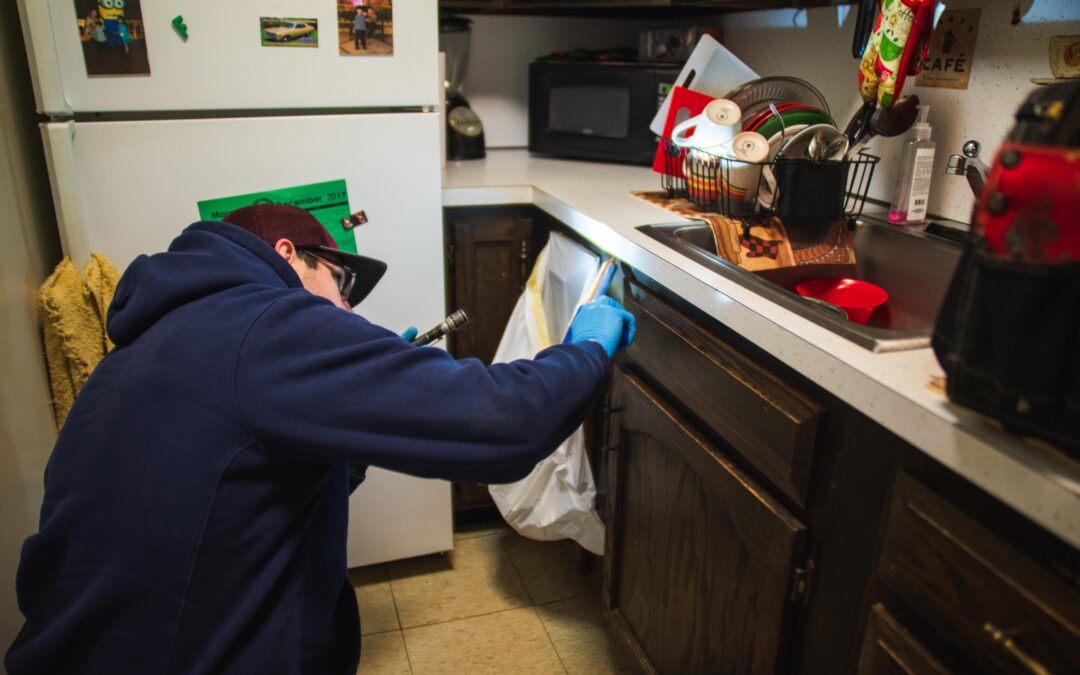Two weeks have passed since the arrival of the New Year, and surprisingly, many residents of the northeast have yet to suffer through the heavy snowfall and frigid temperatures that characterize the region’s winter climate. In Massachusetts, the unseasonably warm weather during the January 10th weekend came as a shock to residents, which is understandable considering that afternoon temperatures in Boston reached 70 degrees on Saturday and 73 degrees on Sunday. Needless to say, residents are not complaining about the spring-like outdoor conditions, but according to an Agawam entomologist, the recent temperature increase will, and already has led to insect pest issues within Massachusetts homes.
Every fall in Massachusetts, several insect pest species invade homes in massive numbers in order to avoid perishing from the cold winter temperatures. These insects are referred to as “overwintering pests,” and they remain hidden within well concealed, and usually, inaccessible indoor areas in order to wait out the winter season. The most common overwintering pests in Massachusetts include brown marmorated stink bugs, western conifer seed bugs, Asian lady beetles, boxelder bugs, elm leaf beetles, cluster flies, face flies, and many more. During the winter, most of these insect pests become largely inactive within their dark indoor harborages, but once they sense that outdoor temperatures have risen to safe spring levels, they emerge from their indoor hiding spots before attempting to make their way back outside.
As a result of the warm temperatures over the weekend, many residents saw overwintering insect pests suddenly emerge within their homes. Of course, it is still winter, so these overwintering pests likely dive bombed windows in a fruitless effort to get back outside before eventually dying, and those that did manage to escape outdoors will surely die soon.
Overwintering pests are high in number and airborne, making their indoor swarms quite annoying to affected residents. Thousands of overwintering insect pests can become established within obscured indoor spaces, such as wall voids, attics, beneath floorboards, behind baseboards and in storage areas. Many of these pests are more than just a nuisance, as some excrete defensive fluids that stain carpeting and walls, and the Asian lady beetle is known for biting humans.
Have you ever been surprised to find yourself in the thick of an indoor insect swarm that seemed to appear suddenly and out of nowhere?

